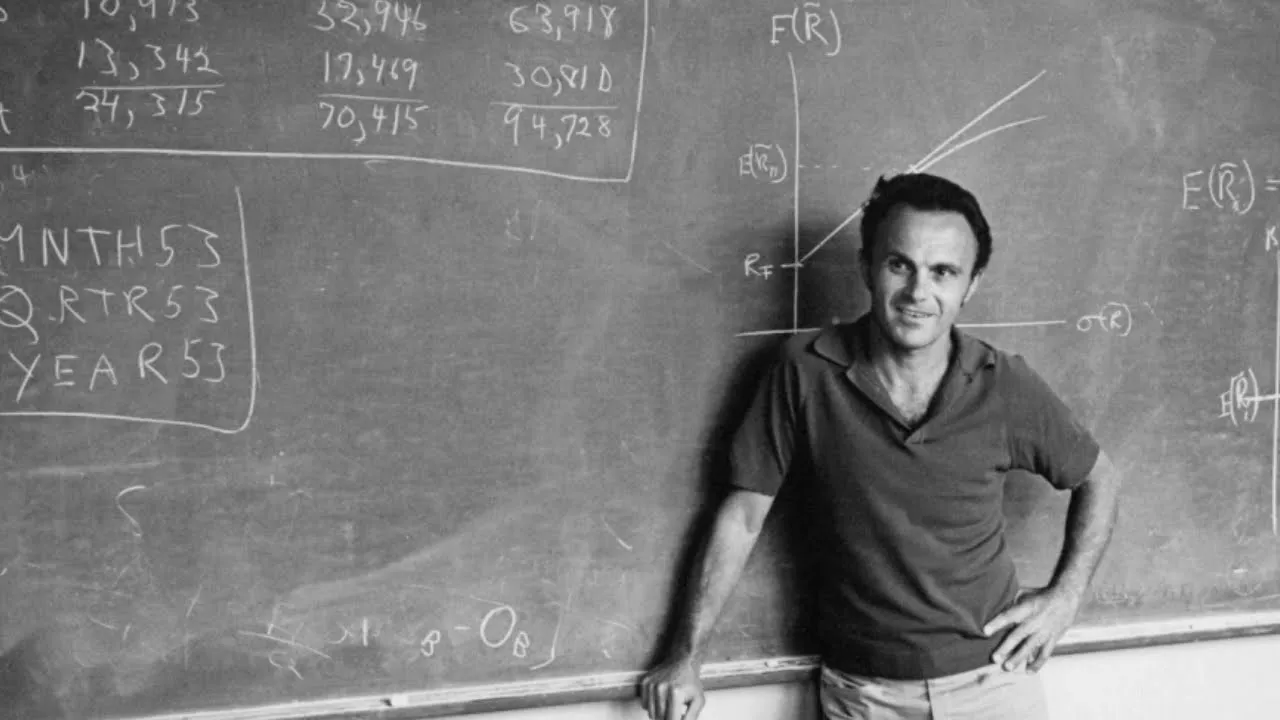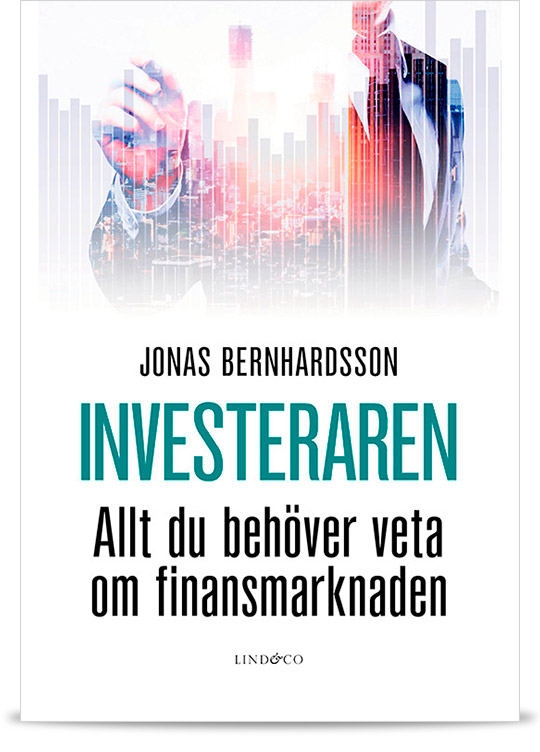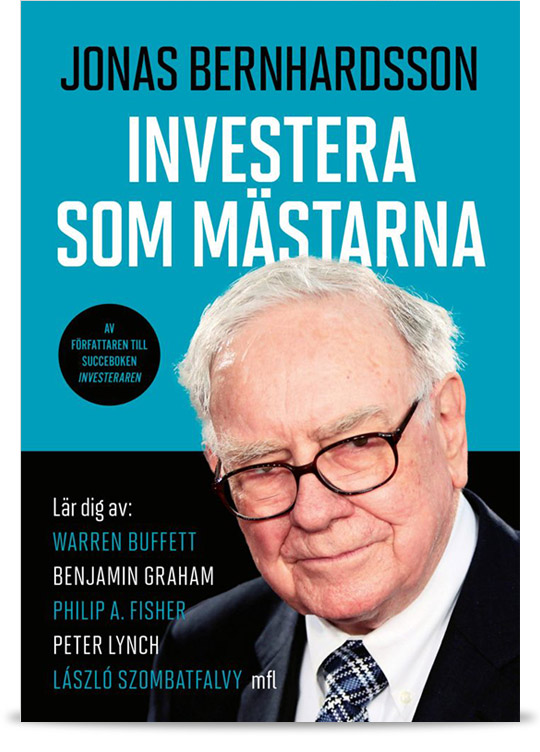I förra blogginlägget gick jag igenom Bollinger-band. Därmed avslutar jag de tekniska aspekterna av momentum och oscillation. Nu vill jag lyfta blicken och titta på vad forskningen säger. Fungerar momentumstrategier?
Jag börjar med Burton Malkiel, styvnackad akademiker och professor på Princeton. Malkiel är en känd anhängare av effektiva marknadsteorin (EMT) som säger att det finns inga strategier som uthålligt slår index. Men när det kommer till just momentum så vacklar Malkiel faktiskt lite. Han skriver så här i A Random Walk Down Wall Street:
”Chartists believe momentum exists in the market. Suppossedly, stocks that have been rising will continue to do so, and those that begin falling will go on sinking. It turns out that the correlation of past price movements is slightly positive but very close to zero.”
Enligt Malkiel verkar alltså, något överraskande kanske, marknaden uppvisa tecken på att ha momentum, om än mycket litet.
På 1990-talet undersöktes momentumhypotesen grundligt av forskarna Jegadeesh och Titman. De skriver så här (1993):
”Buying past winners, and selling past losers, allowed investors to achieve above average returns over the period 1956 to 1989. Stocks that were classified based on their prior 6-month performance, and held for 6 months realized an excess return of over 12% per year on average. This outperforms the S&P 500’s annual return of 10%.”
Även i en annan studie (2002) upprepar Jegadeesh och Titman sina slutsatser:
”There is substantial evidence that indicates that stocks that perform the best (worst) over a three to 12 month period tend to continue to perform well (poorly) over the subsequent three to 12 months.”
Låt oss nu vända oss till Eugene Fama, Nobelpristagare (2013), professor vid University of Chicago och urfadern till effektiva marknadsteorin. Vad säger Fama, fungerar momentumstrategier?
I maj 1970 sammanfattade Fama EMT i finanshistoriens kanske allra mest berömda artikel. Fama påstod helt frankt att marknadspriserna alltid är rätt. Marknaden värderar ständigt all tillgänglig information; aktiekurser rör sig slumpmässigt allteftersom ny information tillkommer och prissätts.
Det går inte att förutspå kursutvecklingen. Morgondagens aktiekurser har inget samband med gårdagens; det finns inga mönster och inga trender. En investerare kan på lång sikt inte skapa en avkastning som överträffar index. Marknaden är effektiv.
Men så här säger Fama om momentum:
”The premier market anomaly is momentum. Stocks with low returns over the past year tend to have low returns for the next few months, and stocks with high past returns tend to have high future returns.”
Fama erkänner alltså att momentum är en anomali i EMT. Att det finns en sannolikhet att man med momentumstrategier kan överträffa index.
I en intressant intervju (2018) berättar Fama på sitt vanliga lakoniska sätt om upptäckten av momentum:
Interviewer: “Did you find it entertaining or did you find it difficult at the time or did you just blank it when academics were putting this research out to try and make a name for themselves given the popularity of the topic at the time or did you find it a personal attack?”
Fama: “No, I don’t really have any vested interest in it. The first person that I know of that discovered momentum was Cliff Asness. He was one of my PhD students. He is an investment manager at this point. But he came to me and showed it to me and thought I would be upset by it but I said “This is the data and this is what it says so publish it.” But he had already been scooped at that point because Jegadeesh and Titman had the same results like 6 months earlier. So Asness never got credit for it.”
Interviewer: “Ah that’s unfortunate.”
Fama: “He is very rich now so it doesn’t really matter.”
Interviewer: “Wow that’s what counts then actually.”
Fama: ”No, not really.”
I nästa blogginlägg ska jag gå igenom baksidan och risken med momentumstrategier, vad man bör se upp med som investerare.
/Jonas Bernhardsson
Hela serien om momentum:
- Allt du behöver veta om momentum
- Den enklaste momentumindikatorn
- Rate of change (ROC)
- Vad är oscillation?
- Oscillator/prisoscillator
- Relative Strength Index (RSI)
- Stochastic
- MACD
- Glidande medelvärde
- Bollinger-band
- Fungerar momentumstrategier?
- Baksidan med momentumstrategier
- Fair value, momentum och oscillation
Källor:
- A Random Walk Down Wall Street av Malkiel
- Jegadeesh, N. & Titman, S. (1993). Returns to Buying Winners and Selling Losers: Implications for Stock Market Efficiency. Journal of Finance
- Jegadeesh, N. & Titman, S. (2002). Profitability of Momentum Strategies: An Evaluation of Alternative Explanations. Journal of Finance
- Covel, M. (2018). Nobel Prize Winner Eugene Fama on the Discovery of Momentum
- Fama, E. (1970). Efficient Capital Markets: A Review of Theory and Empirical Work. Journal of Finance
Foto: Eugene Fama på University of Chicago





